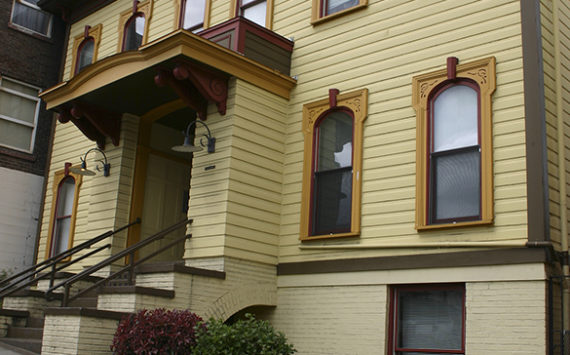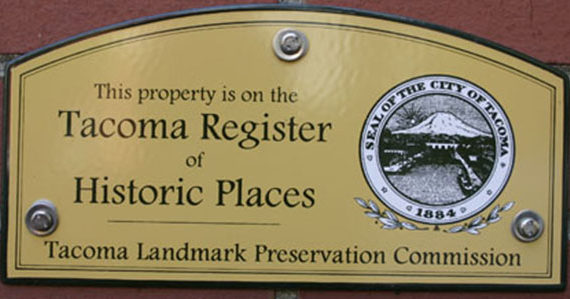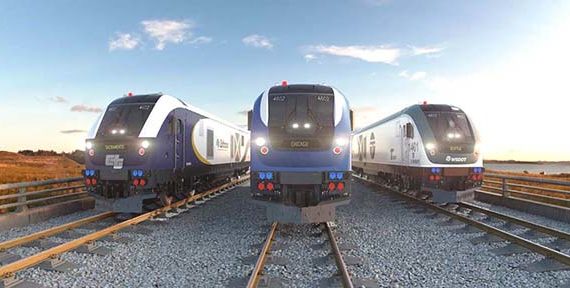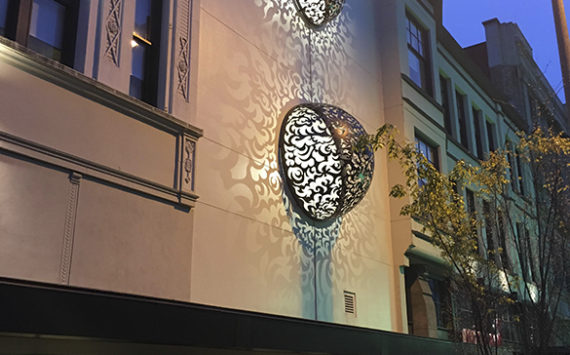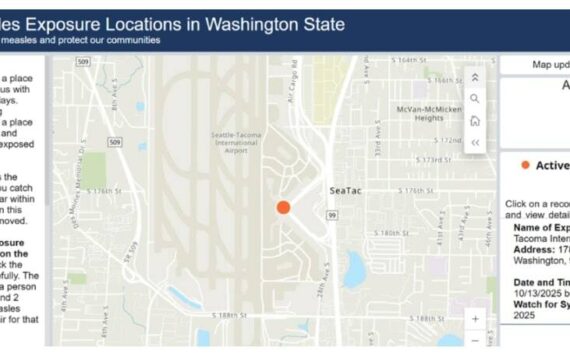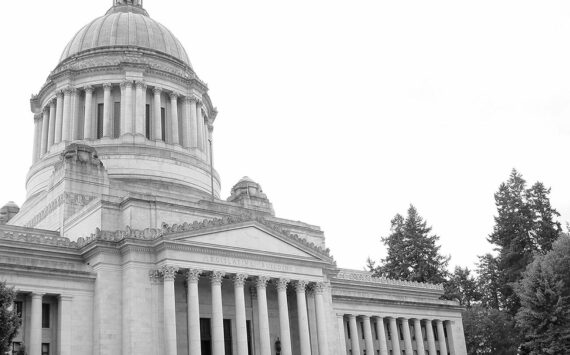The burgers are tasty. The fries are warm. The milk shakes are delicious.
But is Frisko Freeze worthy of historic landmark designation?
That question will be answered later this year, when a local preservationist completes a nomination to put the 58-year-old building on the City of Tacoma’s landmarks register.
“The building is a Tacoma icon,” says North Slope Historic District board president Marshall McClintock, who is currently working on the application. The idea to nominate the burger stand and its signature neon sign, located at 1201 N. Division Ave., traces back to a letter McClintock wrote last month to Frisko Freeze owner Penny Jensen.
“Marshall asked if I ever considered [putting the building on the register], which I had, but I knew it was quite a process,” says Jensen, who inherited the business when her father, Perry Smith, passed in 1990. “Owning a little business, it seems like I’m always buried in paperwork. When he contacted me and offered to do the work, I jumped at it.”
McClintock says he has worked on the nomination application on a part-time basis. He has scoured records in the Northwest Room of the Tacoma Public Library and collected stories from long-time residents who remember eating at Frisko Freeze in its early days. “I’ve been slowly collecting anecdotes from members of the Tacoma Historical Society,” he adds. “[The stories] are trickling in.”
According to newspaper archives, Frisko Freeze was opened July 27, 1950, by Perry Smith. Smith told a reporter at the time that the name’s inspiration came from Seattle Rainiers broadcaster Leo Lassen, who was calling a game between Seattle and ‘Frisco.’ “So I decided to call my place Frisco Freeze,” said Smith, “but I changed the spelling.”
Writing the nomination has revealed gaps in history that McClintock — and even Smith’s daughter Jensen — are trying to fill.
“Originally, my father opened it with a partner,” says Jensen. “He bought his partner out within a couple years. We can’t figure out who the partner was. I can’t remember his name, and it’s not on any documents I have.” Also, McClintock is trying to identify the building’s original designer and contractor.
“Those pieces appear lost to history right now, but their absence won’t hold up submission of the nomination,” says McClintock. In the next few weeks, he will photograph the building, and continue to collect clean copies of relevant newspaper articles. He expects to complete the application in May.
“Frisko Freeze represents a type of architecture we don’t have on the register at all,” says Reuben McKnight, the city’s historic preservation officer. “The closest thing is probably Bob’s Java Jive, which is a whole generation earlier. It’s a nostalgic landmark that everybody in Tacoma knows. Generations of high school students have been there. It also figures into the modern American period for architecture, and we haven’t really been there for the city in terms of landmarks preservation.”
In order for a property to be added to the city’s register, it must be 50 years or older at the time of nomination, and retain its original historic integrity. In addition, an eight-part criteria has been established by the city.
Though McKnight has yet to receive the nomination, he can already think of a couple qualities that would speak to the nomination criteria.
First, it represents the cultural and social heritage of Tacoma during the 1950s. “The restaurant represents a period of time where there was this whole idea of being in the luxury of your car, and having people bring your food to your car was something that was very appealing for a period of time,” says McKnight.
Second, its distinct neon sign and “Googie” architecture make the building a Tacoma icon. “I think if you’re going to talk about local icons, Frisko Freeze is an obvious choice,” adds McKnight. “Everybody knows the Frisko Freeze sign. The fact that the Frisko Freeze sign is still part of the Frisko Freeze building, and they’re still selling Frisko Freeze food, is a testament to its iconic status in the city.”
When McClintock completes the nomination application, he will submit it to McKnight, who will then forward it to the landmarks commission. The commission will schedule two meetings — a preliminary review and public hearing. If the nomination is approved by the commission, it will forward the nomination to City Council for approval of a resolution to add the property to the city’s register.
Currently, there are approximately 140 properties on the city’s historic register.
For McClintock, the experience of documenting Frisko Freeze’s history has given him a deeper understanding of the its cultural significance. “One of the things I discovered was that walk-up food stands are different from the drive-ins,” he says. “There were plenty of ice cream parlors, but they were designed on the model of sit-down restaurants. Walk-ups like Frisko Freeze kind of provided teenagers and young adults with ultimate freedom. There was little supervision, and far greater freedom than other venues. You got your food and went back to your car. That was one of the reasons they were so popular — no one was telling you how to behave. That’s the interesting sort of thing that you want to document, to be able to explain why it is that Frisko Freeze is the icon it is.”
– – – – – – – – – – – – – – – – – –
If you have any information or stories about Frisko Freeze that would contribute to the nomination application underway, contact Marshall McClintock at (253) 572-5474 or marshalm@oz.net.
Historic landmark status for Frisko Freeze?
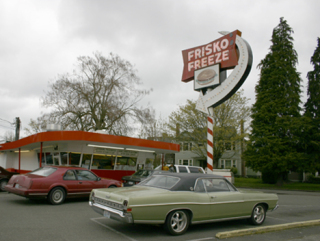
Tags: (253) 572-5474, City Council, date, food, Frisko Freeze building, Historic Preservation Officer, Java, Leo Lassen, Marshall McClintock, North Slope Historic District board president, original designer and contractor, Penny Jensen, Perry Smith, reporter, Reuben McKnight, Seattle, Tacoma, Tacoma Historical Society, Tacoma Public Library, walk-up food stands
